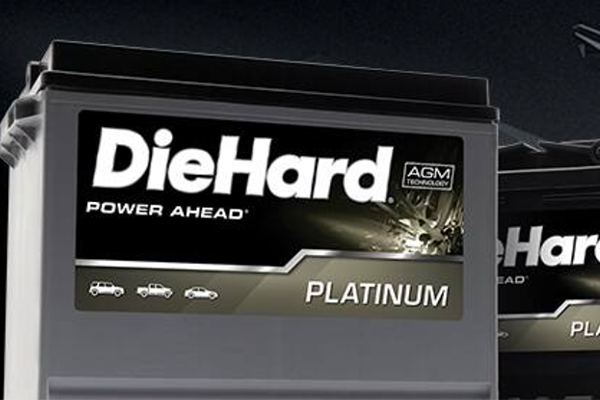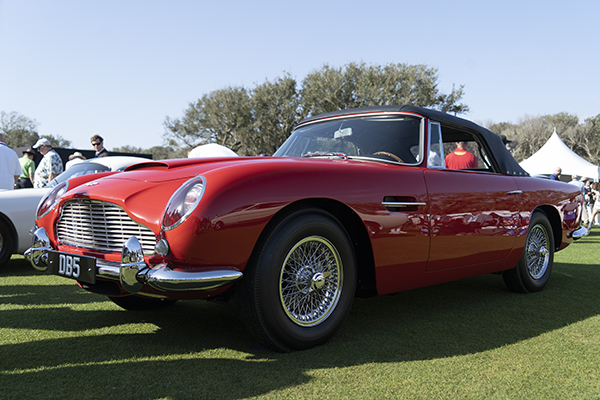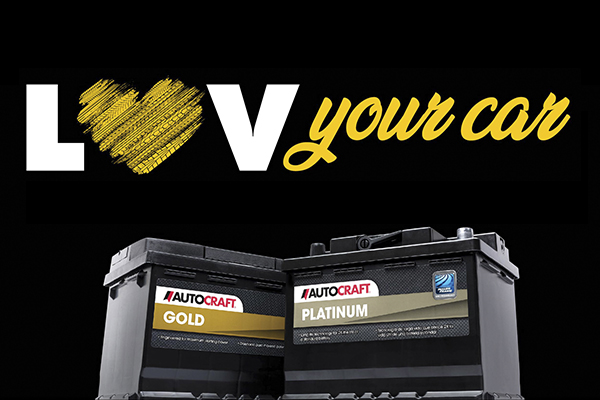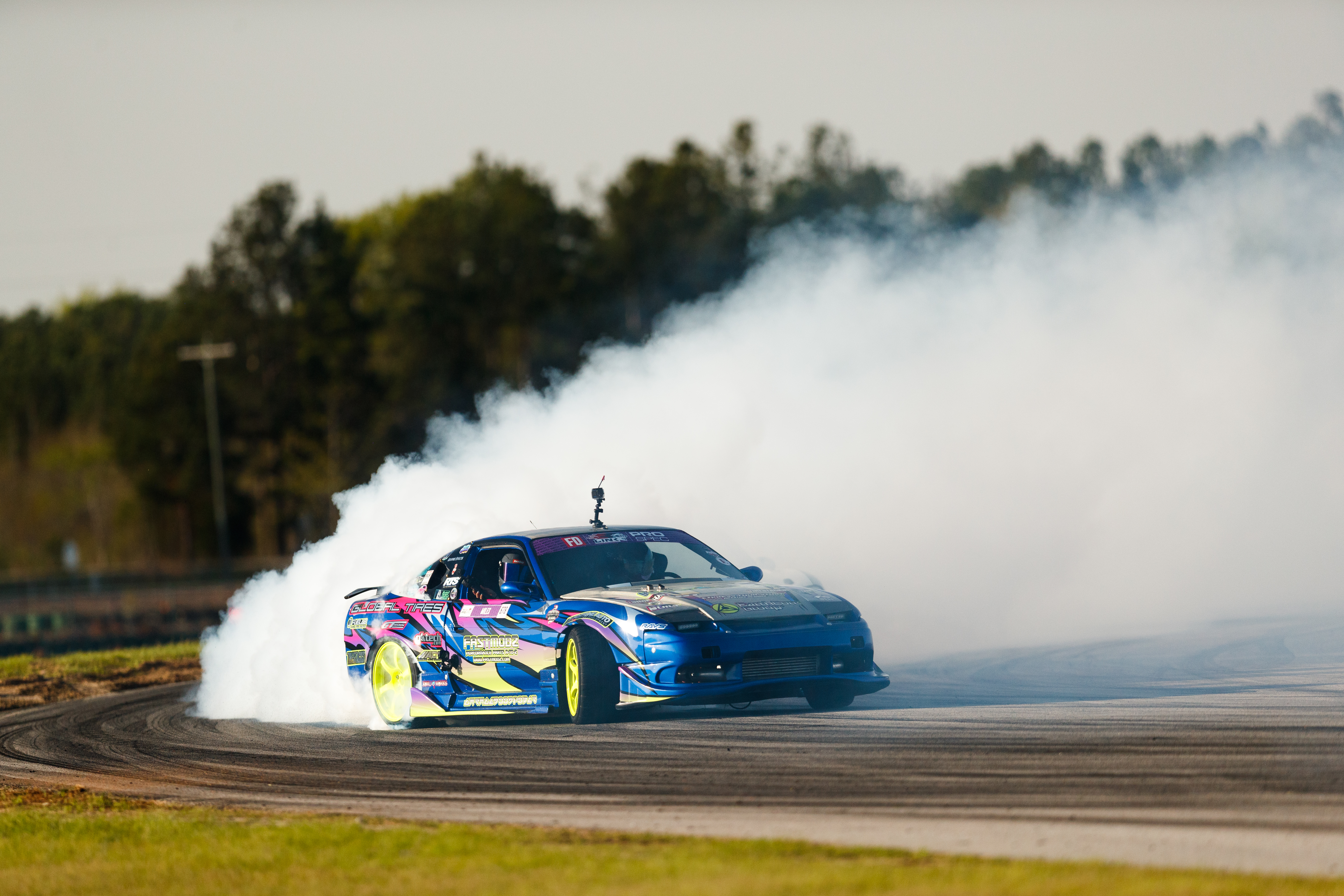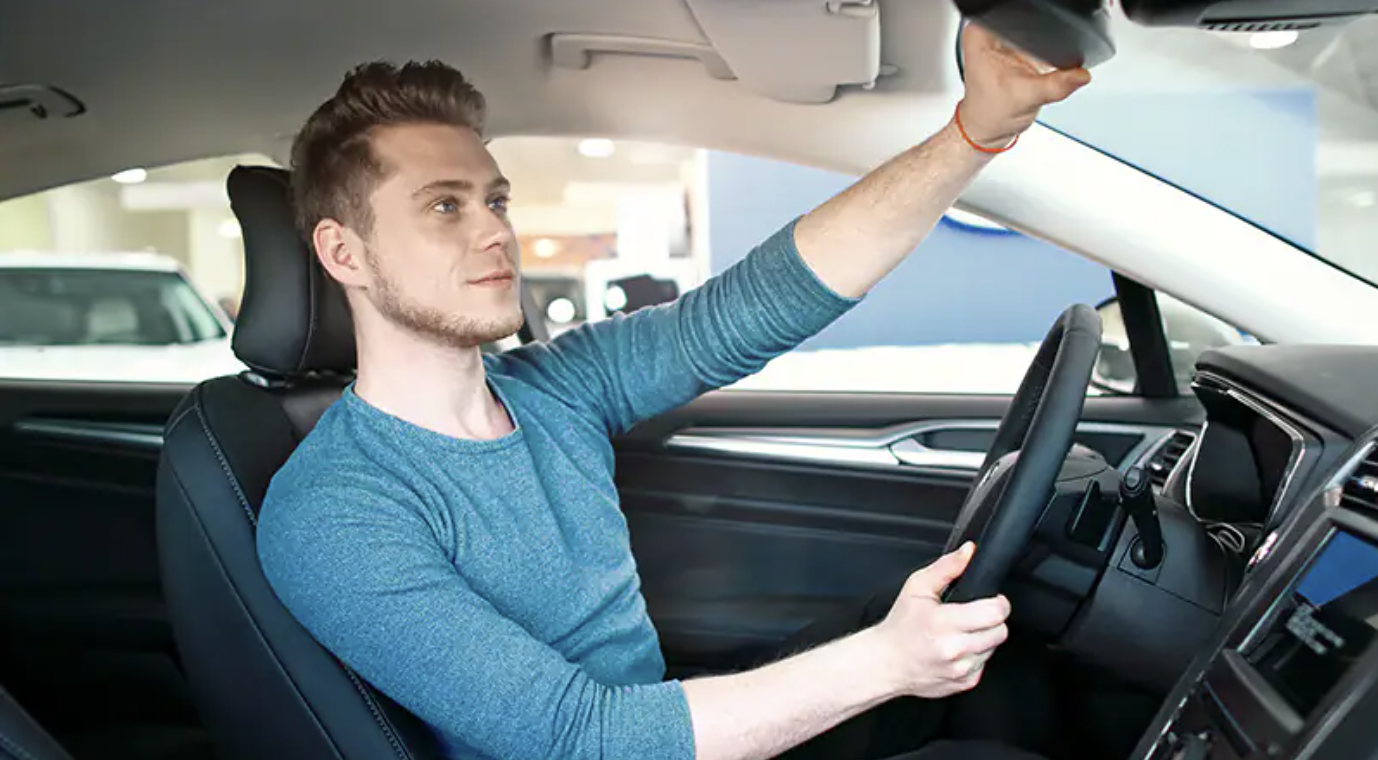
You've no doubt noticed the abundance of SUVs on the road in the last 15 or so years. They're rugged, roomy, practical and, to a large extent, have replaced the role of many sedans, the station wagon and the minivan. Unfortunately, older SUVs (and especially larger ones) are notorious for a high center of gravity that can make their handling and road manners a bit dicey, especially compared to a sedan or a minivan. They also weigh considerably more than a sedan, which means longer stopping distances and different handling properties.
Their bulk might make it easy to get a false sense of security, but it's important to get a good feel for how these vehicles behave, particularly in the event of an emergency maneuver.
Tire Inflation
The higher center of gravity in big SUVs means that they're prone to roll over in an emergency. Flat tires or blowouts are a common cause of these emergency situations, making it especially important to check your SUV's tire pressure on a weekly basis. Even without a blowout, an under-inflated tire can make your SUV's handling squirrelly and unpredictable and can affect traction and braking distances. Most vehicles on the roads these days have a tire pressure warning system, but it's still a good idea to check pressures on your own on a regular basis.
Note: Remember to check tire pressure when the tires are cold. Pressure increases with the heat created while you drive, so checking tires while they're hot doesn't give an accurate reading.
Braking Performance
The extra weight of an SUV means a compromise in braking performance, so allow longer stopping distances and longer following distances when you're behind another vehicle. Make sure your brake system is well maintained and if your vehicle is equipped with ABS brakes (as most are from the '90s onward), remember that you only need firm and steady pressure on the brake pedal. "Pumping" the brakes isn't necessary. Allow greater distance for passing on a two-lane road, as SUVs may accelerate slower and definitely need greater time to slow down or stop.
Safety Considerations
Here are a couple of no-brainers: make sure everyone is wearing seatbelts and obey the speed limit. SUVs have big windows and people can easily be ejected in the event of a rollover. Make sure to secure any loose objects in the SUV, as they will turn into lethal projectiles in a collision. Adjust your mirrors carefully and check them frequently, plus it's a good idea to add convex mirrors to help with the considerable blind spots that some SUVs have.
Most importantly, be mindful of how your SUV reacts to braking and steering input, especially if you've recently started driving it. It's a good idea to try some maneuvers in an empty parking lot, preferably on slick pavement, so you can get a real feel for what it's like driving a big SUV.
SUVs are safe and reliable, but you just have to remember they don't drive like sedans or sport coupes. With the right driving habits, your SUV will haul you and your family safely for years to come.

